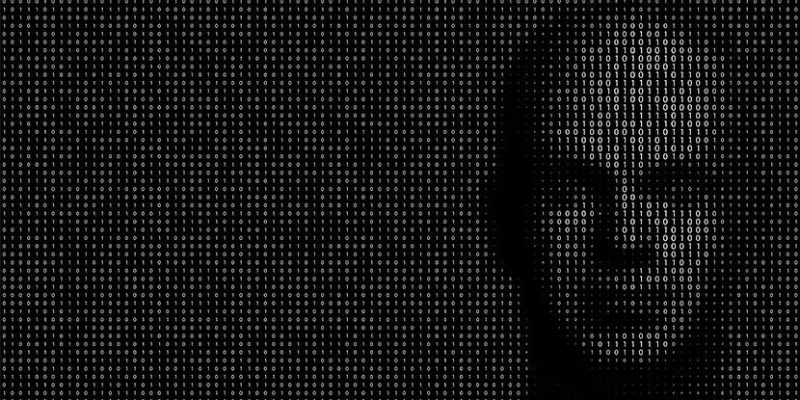Visual Hallucinations Surprisingly Common in Age-Related Macular Degeneration
By Reena Mukamal for the American Academy of Ophthalmology Nov. 04, 2021
Vision loss from age-related macular degeneration (AMD) or other causes is known to cause some people to see faces or shapes that aren’t really there. But a new study suggests these hallucinations, known as Charles Bonnet syndrome, affect many more people with AMD than previously thought.
More than 12% of people with AMD experience visual hallucinations,
the study found. The actual number may be even higher. On average,
people experience these hallucinations on and off for about 3 years.
Those who experience hallucinations tend to see multiple types of
images, particularly people and faces.
Many people keep quiet
about these phantom images for fear they’ll be labeled with dementia or a
psychiatric condition. Their hesitancy to speak up could explain why
hallucinations were thought to be relatively uncommon — until now.
Why some people with macular degeneration have hallucinations
“Patients with eye disease who have hallucinations can feel very
unnerved,” says ophthalmologist and Academy member Purnima Patel, MD, a
retina specialist in Atlanta. “They may feel like they are not only
losing their sense of sight but also their cognitive function.”
But,
Dr. Patel says, hallucinations in people with vision loss do not stem
from neurological problems. Rather, they occur when brain craves new
images to process. Finding none (due to vision loss), the brain resorts
to making up images or recalling images from memory.
These
phantom images may be simple lines, shapes, flashes of light or more
complex images of faces, people or animals. They can occur at any time
and last for seconds, minutes or hours. Sometimes the images remain
still, other times they move around. People with significant vision loss, especially loss of central vision, are most often affected.
How to cope with visual hallucinations
There is no cure or treatment for Charles Bonnet syndrome, but there are strategies to stave off episodes and cope with hallucinations that occur.
If you feel you are seeing things that aren’t really there, reach out to your doctor or ophthalmologist. They will rule out other causes of visual hallucinations like neurological conditions or medication-related side effects.
If your doctor thinks you have Charles Bonnet syndrome, they will give you techniques to manage the hallucinations. These include:
- Changing your lighting conditions and environment
- Blinking frequently or moving your eyes side-to-side rapidly while keeping your head still
- Sleeping, exercising and/or relaxing, as fatigue and stress can exacerbate hallucinations
“Ophthalmologists can help comfort and support patients by reiterating that what they are experiencing is a by-product of their visual decline, not a reflection of their brain health,” says Dr. Patel.

